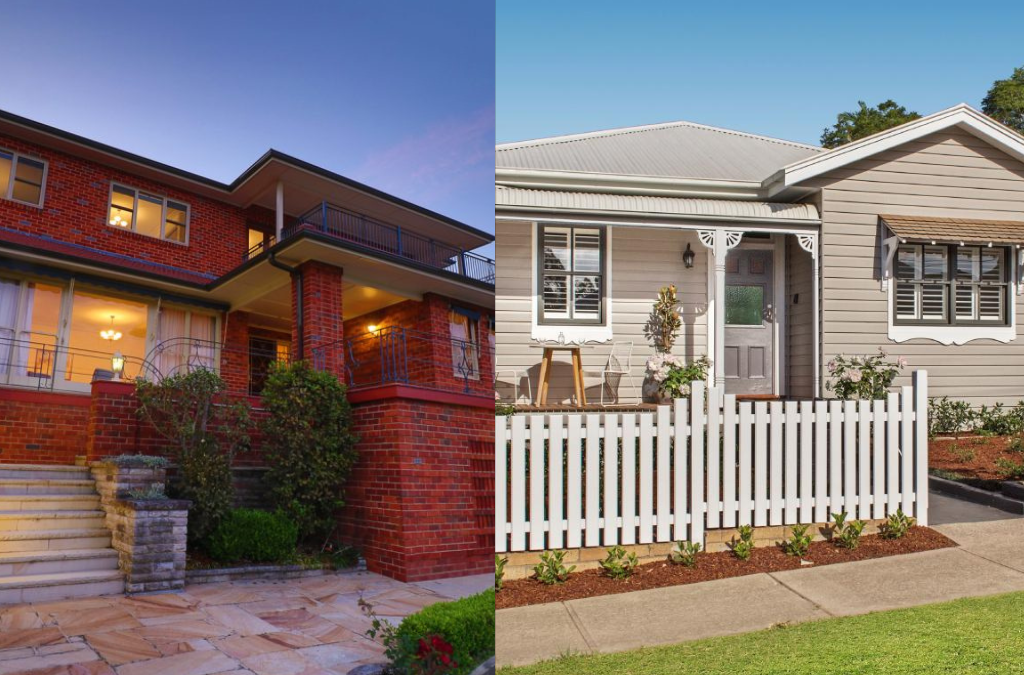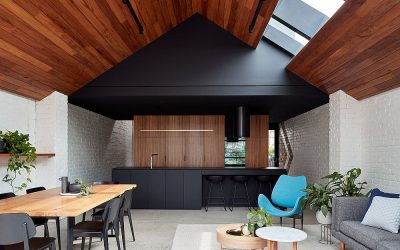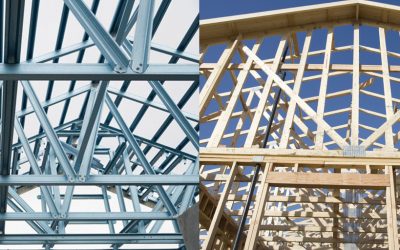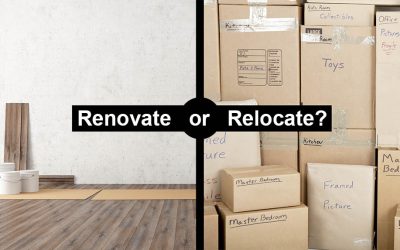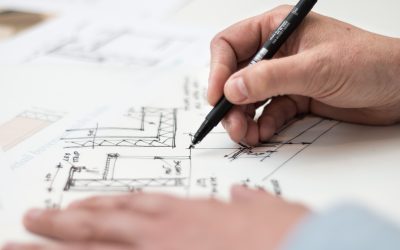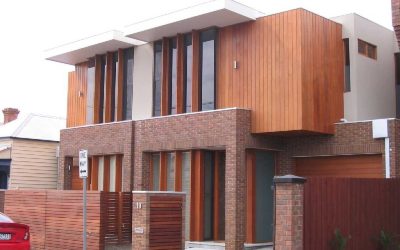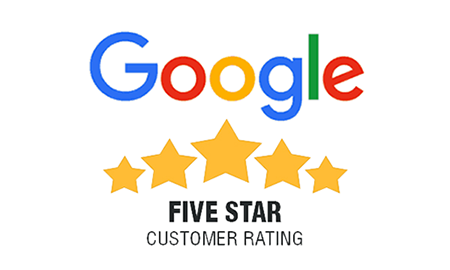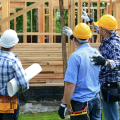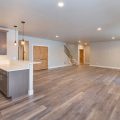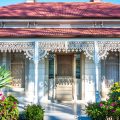If you love your home and location but it’s time to make where you live more suitable for your needs and enjoyable for your lifestyle, a home extension is a fantastic idea. One of the most fundamental choices you’ll need to make in your home extension journey, however, is between brick and weatherboard homes. We’re talking, of course, about how to approach the basic construction for your extension – and decide whether lightweight cladding is actually a better bet than brick these days.
Cladding VS Brick
It’s often said that, along with the foundation itself, the very basis of your home is the ‘four walls’. So should those external walls be constructed with sturdy, reliable and expensive bricks, or is lightweight cladding like weatherboard just as attractive these days? Let’s explore:
Let’s start by acknowledging why brick construction is so popular: it’s reliable, strong, long-lasting, low-maintenance and – let’s face it – a lot of people still prefer brick over cladding from the point of view of home value.
There’s no doubt, however, that it’s the more expensive choice, from a construction, materials and labour point of view. It’s also seen as the best choice from a natural insulation/temperature control perspective, it’s better at blocking out noise, it’s fire-resistant, and a brick home looks great.
But another truism is that the two-tone nature of a well-devised and designed home extension attached to an existing brick home can actually look more seamless and modern than trying to match a new brick finish with what’s already there. In other words, it might be time to consider giving lightweight cladding a second look.
Weatherboard over brick: Let’s make the case
At the end of the day, it’s your choice between brick and weatherboard homes – so don’t let us sway you either way! On the other hand, it’s important to tackle these issues with an open mind, because you might too easily dismiss a solution that would have been perfect.
Considering weatherboard cladding over brick? You’re not alone:
1. It’s eco-friendly
Being ‘green’ is a hot topic at present, and it’s simply a fact that lightweight building products equate to lower overall greenhouse gas emissions – especially in a head-to-head with brick.
2. It’s cost-efficient
Lightweight cladding is cheaper to manufacture, easier to transport and install, it takes less time to put together, and it requires less scaffolding and other associated equipment and practices. Still, modern lightweight cladding options will still go toe-to-toe with brick in terms of long-term durability, meaning the old days of constantly replacing panels are well behind us. The end result? Your hip pocket will be happy.
3. It’s fire-resistant
Quite rightly, homeowners are concerned not only about look, durability and cost, but also their home’s susceptibility to fire – and, traditionally, brick won the day. But if you still hold that view, be reassured that lightweight cladding options these days are most definitely non-combustible and fire-resistant, with many brands and types even recommended for bushfire-prone areas.
4. It’s soundproof
Another common ‘bricks are better’ argument is that cladding is nowhere near as good as shutting out the external noise – but, once again, that’s well out of date. Ask our home extension experts in Melbourne about lightweight cladding options that provide peace and quiet, including options with porous structures that are specifically designed to match or even exceed the soundproofing qualities of brick.
Your home extension experts can help
But wait, there’s more! Architects and engineers love lightweight cladding for the creative design flexibility, the smaller cladding-to-wall cavity has impressive insulation properties, repairs are quick and affordable, and – let’s face it – when was the last time you thought a new home or extension finished with modern cladding looked cheap & nasty rather than contemporary and trendy?
As ever, the choice is all yours – especially if you seek the guidance and professional services of the home extension design and drafting specialists at RFT Solutions. We’ll always keep you in the driving seat from the earliest conception phase to the handing over of keys, so get in touch with the friendly team for a chat today.

